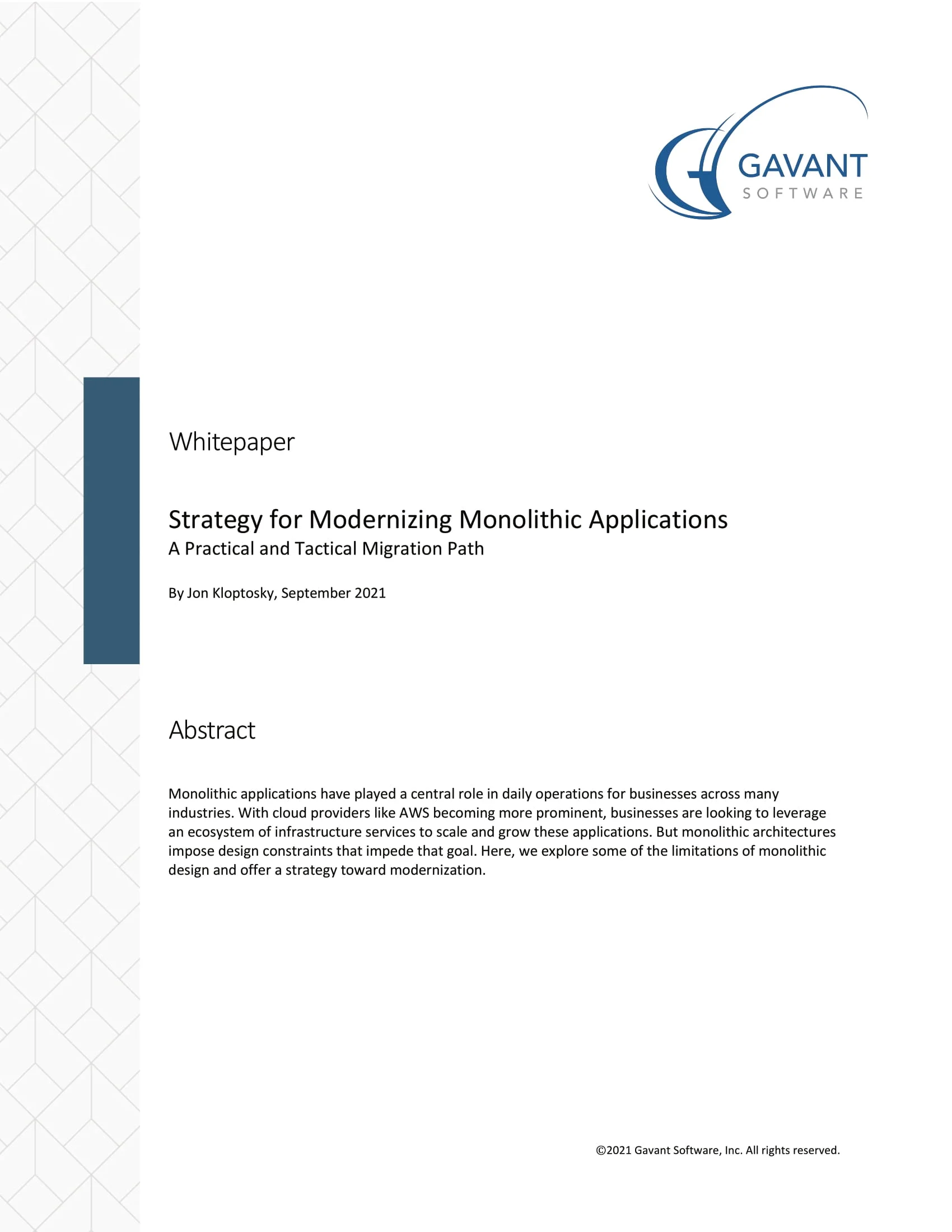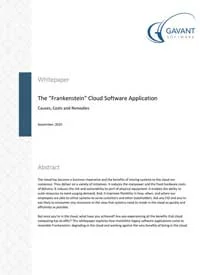Software Development as a Service
Businesses today are facing many challenges to their ability to field the best talent. Such talent is needed to position their organizations to reap the upside of growth opportunities as well as avoid the consequences of mistakes. Companies are navigating this tight labor market by increasingly outsourcing workloads that have traditionally been performed in-house. Roles like Accounting, Legal, and Human Resources have proved the model of delivery as a service. In such a tough hiring environment, these companies are reconsidering the necessity of in-house software development staff and looking to managed services for software development, maintenance, and support functions.
The decision to outsource software development has historically been made under a simple mandate of expense reduction. But the rationale has been expanded given the current business climate as well as the evolution of the level of service available today. In this article, we highlight some of the recurring pain points and opportunities for improvement we hear from business leaders.
Virtual Extension of your Organization
Blurring the lines between organization charts, Software Development as a Service should function as an extension of the client’s organization. Providing a team that compliments in every way. For example, if a company has a CIO driving priorities, the service provider should align accordingly. If a client has business systems users driving priorities, the provider should vary the resources for better alignment.
Better Cost Management
The cost of keeping an in-house team has a significant impact on operational overhead despite the level of use of these resources. It is not uncommon for some in-house team members to be just 25-50% utilized. Software Development as a Service enables expense to fluctuate in direct proportion with the value created by these resources.
Attracting and Retaining Top Talent
With the advent of COVID-19, remote working is becoming more the norm. Competition for talent is no longer just a local consideration, but national, even global. Software Developer turnover negatively affects companies and development teams because tribal knowledge and know-how walks out the door too easily. As a result, companies have major software systems with dwindling accountability and staff knowledgeable of the nuances. The investment in fresh staff is costly in both time and quality.
Modern, Relevant Skillsets
Software development techniques have become more complex to deliver. There are increased expectations around performance and constant attention to evolving security vulnerabilities. It is no longer possible for a single individual to have all the skillsets necessary to steward a modern software application without a weak spot. It takes many skill sets. The skillsets of a modern software development team are specialized into categories – the CTO/CIO function, Frontend UI/UX Developers, Database and API Engineers, Dev-Ops Engineers, QA Testers, Business Analysts, and Project Managers. There is enormous cost and complexity in using and measuring all these skill sets. Software Development as a Service enables fractional utilization across these resources as needed.
Better Ability to Meet Deadlines
A statically sized development team supplies a fixed level of ability to deliver goals. When workload exceeds ability then deadlines suffer. Conversely, when ability exceeds workloads, then efficiency suffers. The right outsourced development partner can scale up or down to meet those demands, resulting in the business receiving value for every dollar of IT spend. In fact, it is not unusual for spending for a Software Development as a Service to be near zero in times of low activity.
Comfort with a Remote Workforce
Today’s technology enables service delivery to be just as accessible as if it were a team in the next cubicle. From Zoom meetings that enable face-to-face interaction, to direct instant messaging applications like Slack, today’s workforce is no less engaged and available in a remote setting as they were in the pre-COVID era of a common physical office.
Accountability and Risk Mitigation
A solid team gets it right on the first try. Factors like solid statements of work (SOWs) ensure complete alignment with business goals. Topics like software security threat vectors and associated risks are shouldered by an outside entity that is more experienced with modern trends, not to mention insured for liability.
Continuity of Systems and Team
Software Development as a Service ensures continuity through the transition process – with a plan to build knowledge and familiarity with existing systems. It then assumes responsibility for every aspect of the system. There should be no gap in day-to-day user support during the transition. A new client’s current development staff is initially involved in the transition, with an ideal best practice offering an opportunity for displaced staff to join the service partner’s team – based on recommendation by the client. The formerly in-house team receives expanded career opportunities. They share time with other projects and continually sharpen their skill sets.
Final Thoughts on Software Development as a Service
A great service provider enables the business to drive the software. It must be able to provide the same accountability and idea facilitation as an in-house team. With the increasing complexities and management challenges involved in ensuring that your company’s systems are positioned into the future, it makes sense to evaluate this alternative as a better strategy of staffing.
In the upcoming second part of this series, we will share a case study involving a company that faced the same strategic choice, experiencing the same challenges. We’ll highlight the experience and the outcome.




 Strategy for Modernizing Monolithic Applications
Strategy for Modernizing Monolithic Applications
 The "Frankenstein" Cloud Software Application
The "Frankenstein" Cloud Software Application
 A Guide to Custom Software Development
A Guide to Custom Software Development